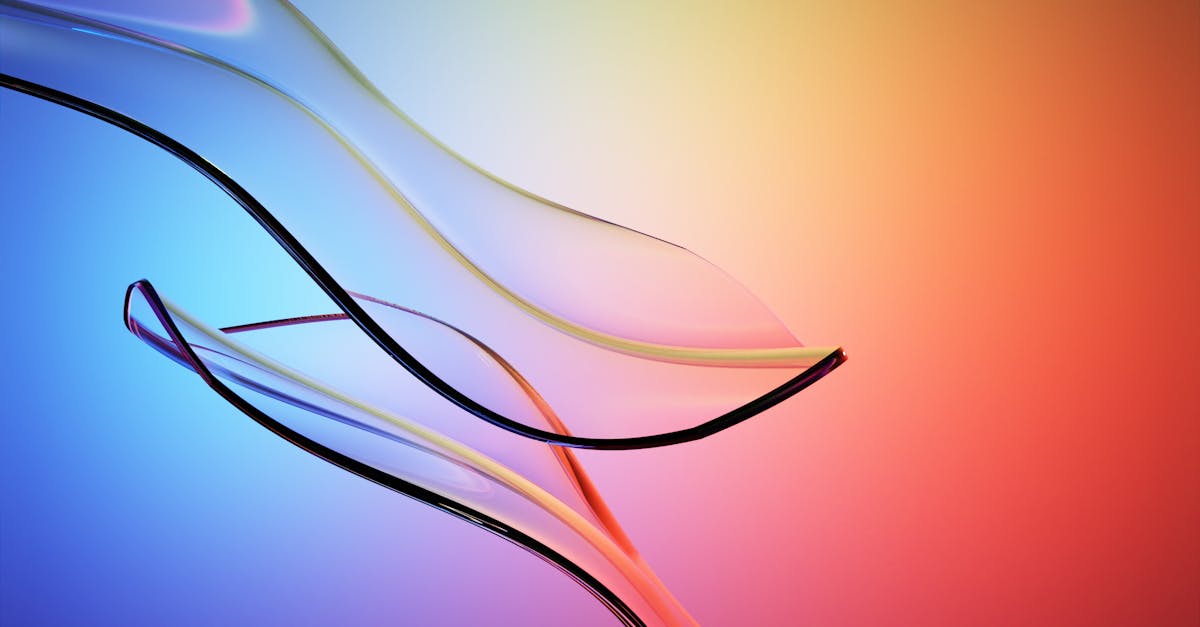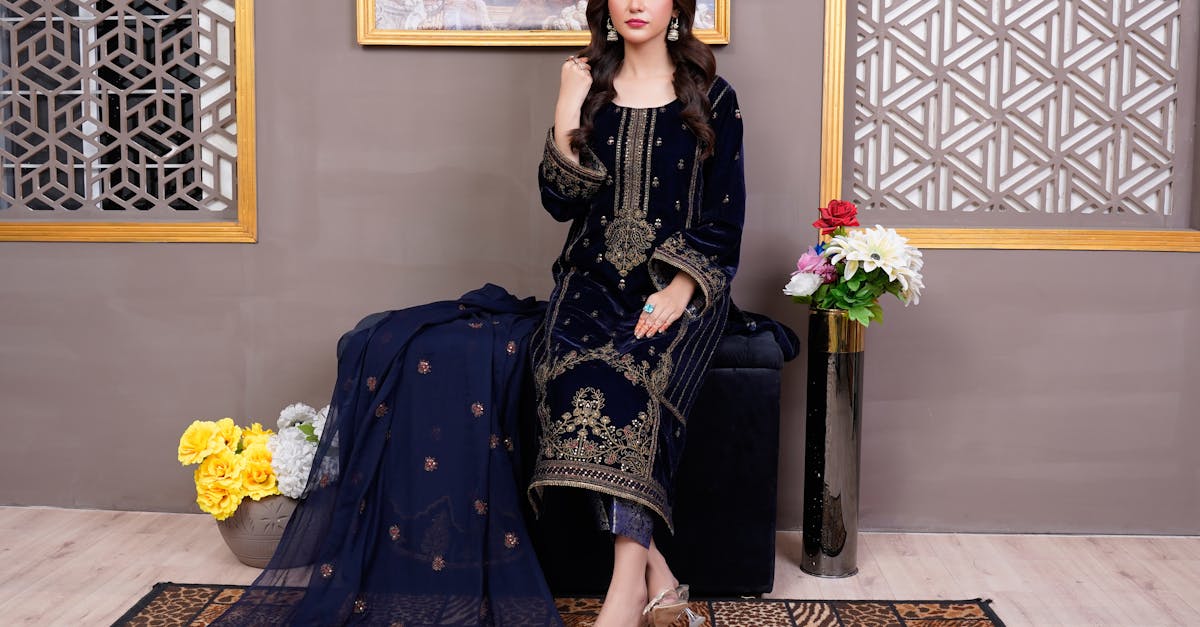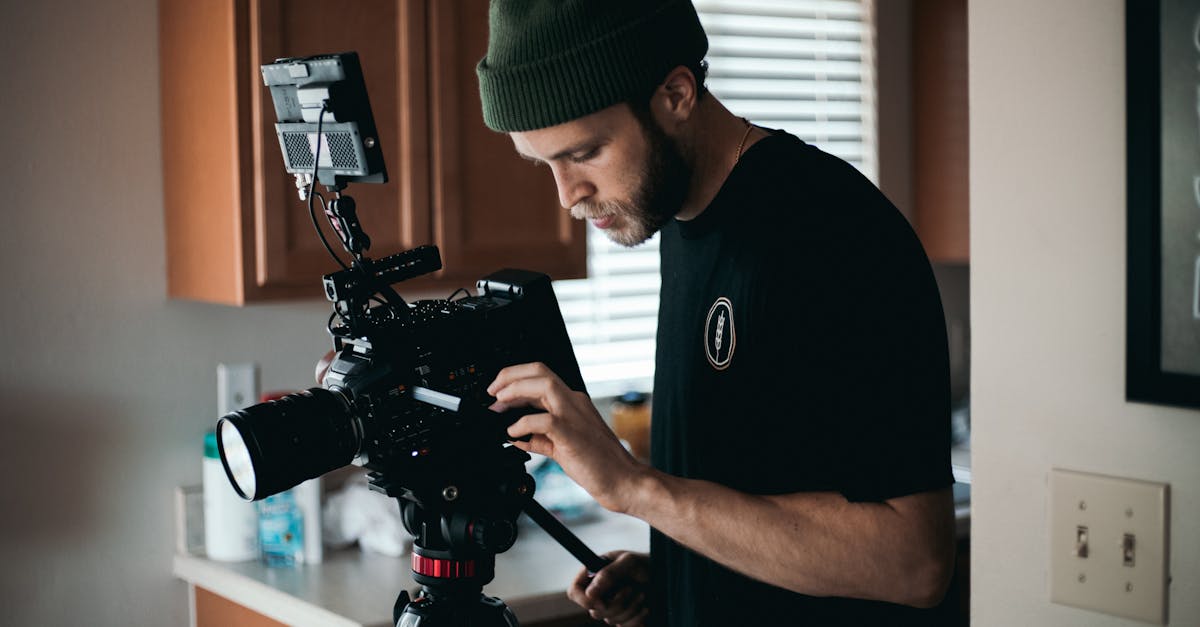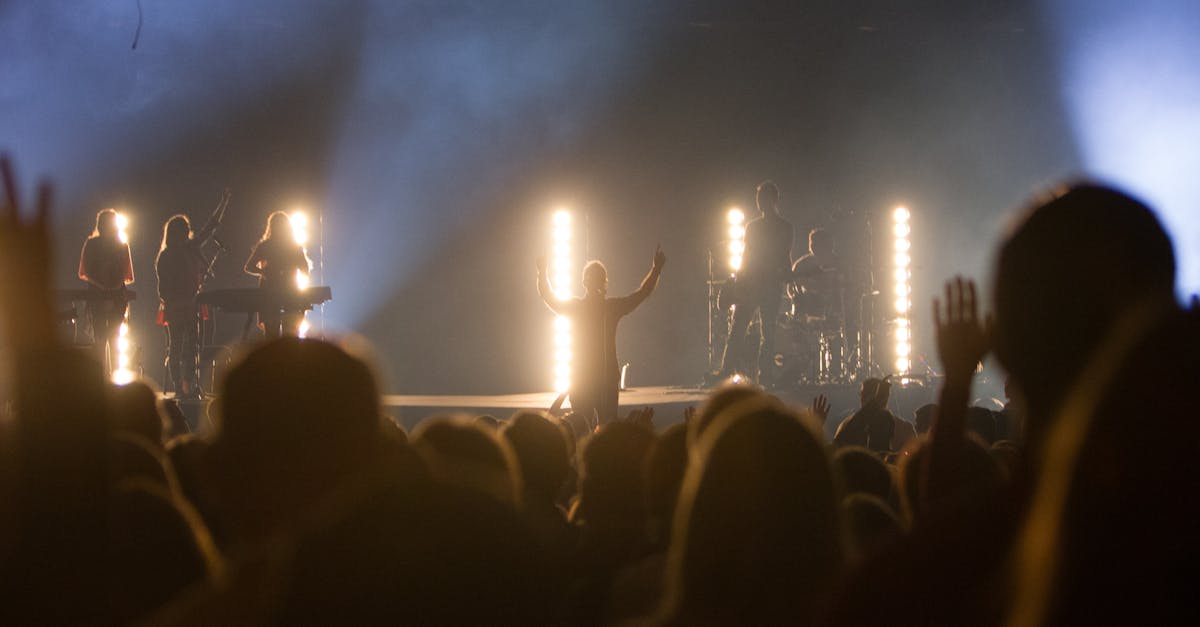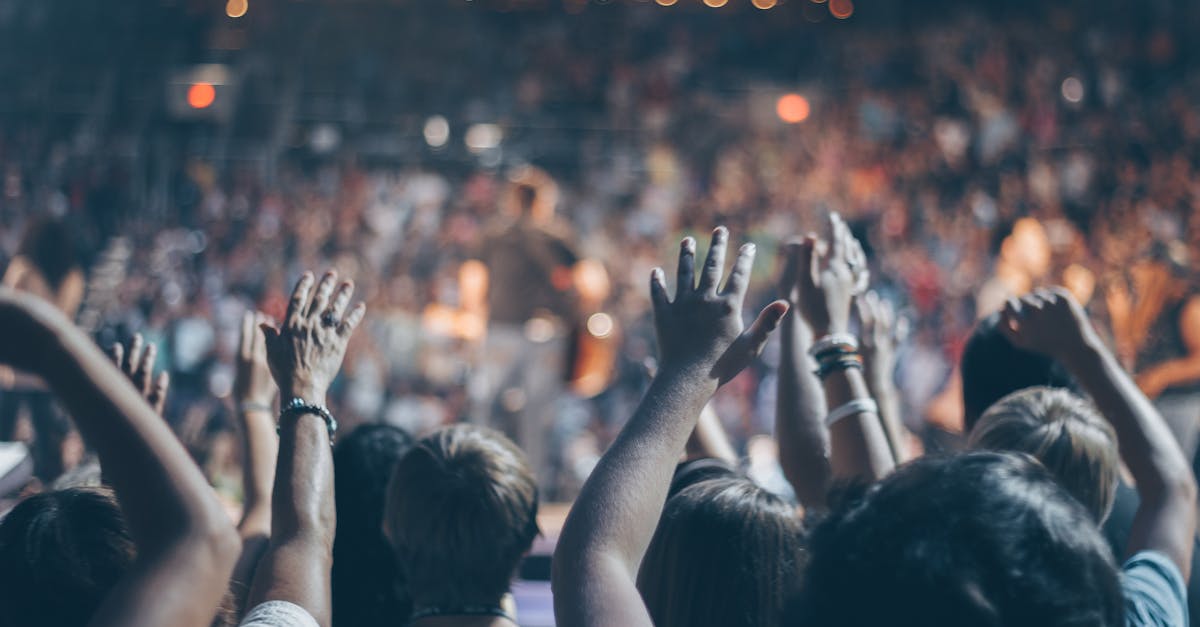Artistic Innovations Shaping Today's Creativty
Introduction
Art is an ever-evolving medium that constantly mirrors the world and pushes its boundaries. Today, the landscape of artistic creation is undergoing a transformation like never before. Artists are embracing technological advances while revisiting traditional techniques, resulting in unprecedented artistic expressions. This dynamic interplay between old and new is capturing global attention. A new wave of artistic innovations is shaping the narratives we engage with and transforming how we perceive art itself. Let’s delve into the intriguing world of artistic innovations and their impact on contemporary creative expression.
Advertisement
Technology and Artistic Fusion
The marriage between technology and art has given rise to innovative forms of expression. Digital platforms enable artists to create works that transcend physical boundaries, reaching international audiences with ease. Virtual reality (VR) and augmented reality (AR) are at the forefront, offering immersive experiences that transform how audiences interact with art. These technologies facilitate a deeper connection, allowing individuals to step inside the artist's world. Additionally, Artificial Intelligence (AI) is emerging as a tool for artists, assisting in generating art that is both thought-provoking and hyper-customized. This technological alliance is altering the fabric of creativity, leading to groundbreaking manifestations of art.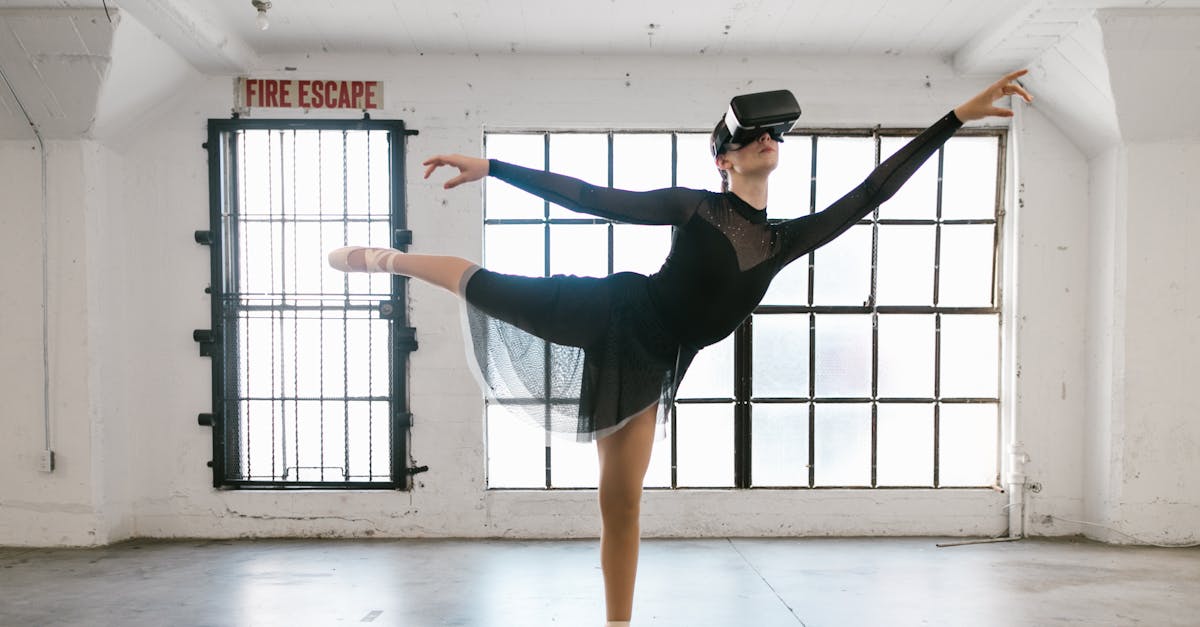
Advertisement
Biotechnological Artistry
As the realm of biotechnology grows, so does its influence on art. Artists are now using living organisms to craft visually striking and biologically interactive pieces. BioArt, a genre that blends biology and art, involves the use of genetic engineering, tissue cultures, and organic material to create living installations. This innovative practice challenges ethical, philosophical, and aesthetic notions, encouraging dialogue about the intersection between human existence and the natural world. While BioArt remains a niche field, its implications for science and art are inspiring future explorations into sustainable practices and the potential of biological frameworks.
Advertisement
Public Art and Its Evolution
Public art is evolving, mirroring societal changes and embracing community involvement. Interactive installations and community-driven projects are becoming more prevalent, fostering closer ties between art and the public. These installations often prompt social reflection, addressing pressing issues such as climate change and social justice. Social media amplifies the reach and impact of public art, encouraging global dialogue and broader participation. This evolution of public art as a tool for social change signifies a shift where art is not just a passive experience but an active dialogue, inviting participation and driving community cohesion.
Advertisement
Art as a Vehicle for Cultural Expression
Art's role in cultural expression is experiencing a renaissance as artists draw inspiration from heritage, folklore, and globalization. With global connectivity, diverse cultures inspire each other, leading to exciting hybrid forms. Indigenous art is seeing a revival, bringing forward traditional methods in contemporary contexts. Simultaneously, globalized art forms are emerging, showcasing eclectic styles that resonate universally. This symbiotic relationship enhances cultural understanding and heralds a new era of art that honors its roots while exploring new horizons. Such expressions offer insightful windows into the global tapestry and foster cultural appreciation.
Advertisement
Sustainability in Artistic Practices
Sustainability is fast becoming a cornerstone in artistic practices, aligning with global environmental priorities. Artists are increasingly advocating for eco-conscious creation methods, utilizing recycled, biodegradable, and locally sourced materials. Eco-artists aim to highlight environmental issues and encourage sustainable living. Installations in environmental spaces further embed art within nature, creating harmonious relationships between the two. This green shift is redefining art’s potential as a catalyst for environmental change, emphasizing the role of creativity in crafting a sustainable future. Consequently, art is shaping societal perspectives on sustainable development and conservation efforts.
Advertisement
Narrative Transformations in Art
Storytelling in art is transcending linear narratives, embracing numerous perspectives and fluidity. This narrative transformation allows artists to explore themes from multiple angles, often involving viewers in the storytelling process. Minimalism and maximalism coexist, challenging conventional boundaries. Artists employ multimedia, blending text, sound, and visuals to enhance narrative depth. This approach enriches the audience's engagement, prompting introspection and emotional response. Narrative transformations allow art to serve as a dynamic catalyst for conversation, introspection, and community discourse, fostering a richer cultural dialogue.
Advertisement
Revisiting Tradition with a Modern Lens
Artists today are reinvigorating traditional techniques with contemporary influences. This synthesis preserves artistic heritage while infusing it with modern relevance. Techniques such as printmaking, ceramics, and weaving are experiencing a resurgence as they blend with modern styles. By honoring tradition while embracing innovation, these practices challenge artistic conventions and push creative boundaries. This blend results in an inspiring juxtaposition that balances past legacies with contemporary reflections, ensuring that traditional art forms thrive in the digital era. This ongoing exploration paves the way for future innovations.
Advertisement
Challenges and Opportunities in Innovation
While artistic innovations offer boundless opportunities, they also present unique challenges. Navigating intellectual property concerns, technological dependency, and ethical dilemmas are prominent issues facing today’s artists. Balancing creative freedom with ethical responsibility remains central to artistic integrity. However, these challenges also spur collaboration, sparking dialogues about ethics, rights, and sustainability. As artists and innovators address these challenges, they simultaneously discover opportunities for growth, collaboration, and the redefinition of artistic purpose. This evolutionary landscape highlights art's resilience and adaptability in overcoming obstacles.
Advertisement
Conclusion
Artistic innovations continue to redefine the creative landscape, bridging the gap between technology, culture, and expression. These developments resonate with audiences across the globe, offering new pathways for interaction and understanding. As artists forge ahead, embracing both challenges and opportunities, they pave the way for transformative impact. The fusion of tradition with contemporary exploration ensures that art remains a vital force in cultural dialogue. It is evident that the dynamic interplay of these innovations will shape how we experience and value art, propelling creativity into a future rich with possibility.
Advertisement
